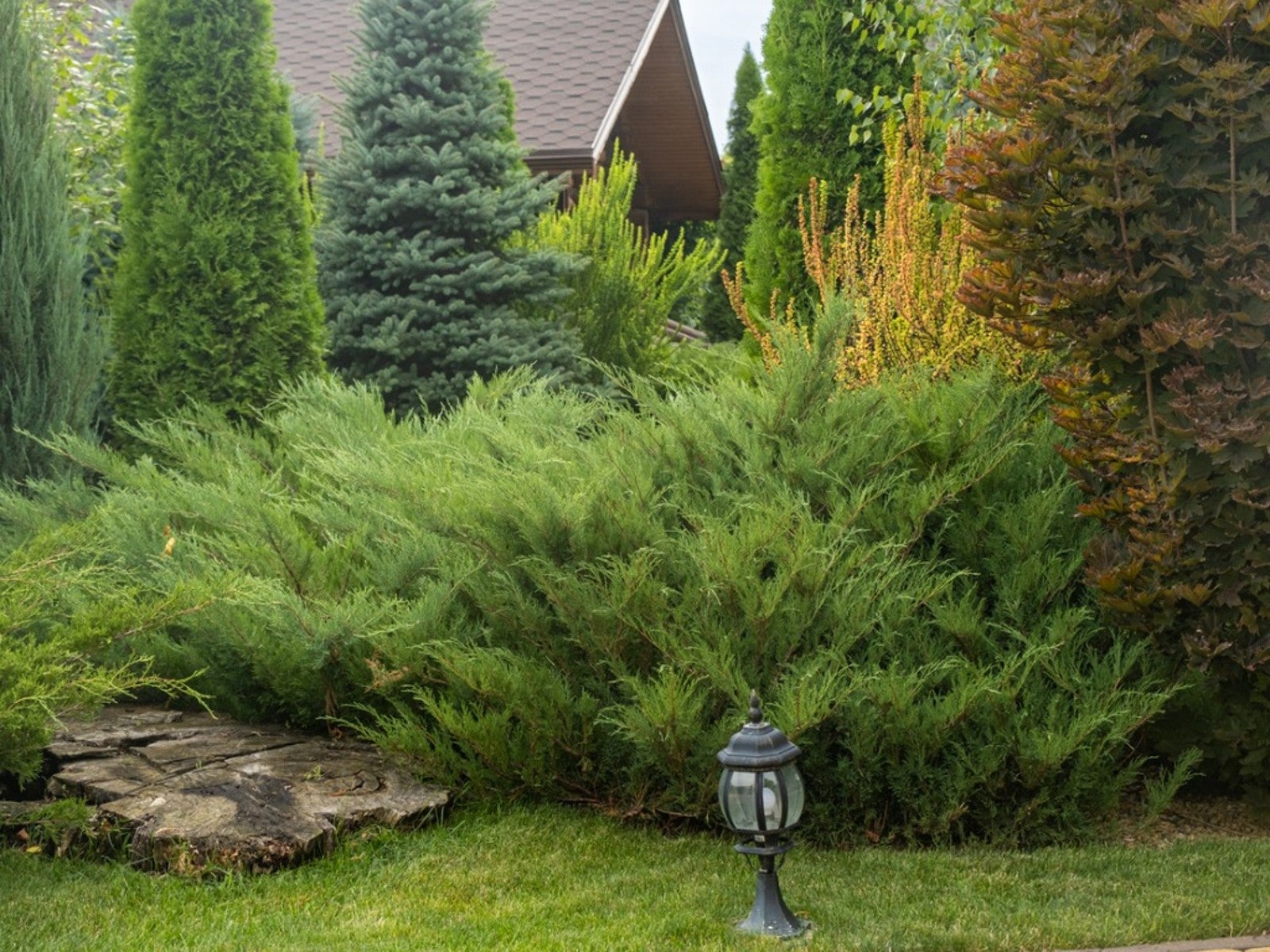Best Noise Blocking Plants For Loud Neighbors


You can't pick your neighbors, and unfortunately, sometimes we get some less than desirable next-door residents. Perhaps they host loud BBQs or large gatherings, have barking dogs, or you live on a busy street – all are common causes of noise pollution. Whatever the instigation, noise reducing plants can be part of the solution. Sound barrier plants have the ability to mitigate and muffle some of the worst noise. And they provide a more beautiful alternative to fences, walls, and other dividing barriers.
Plants that make good sound barriers feature thickly-foliaged branches that are tightly woven together. Evergreen plants are especially effective because they work year around. Studies have shown that a "forest" of a variety of plants provides the best sound abatement, while planting perpendicular to the noise source is also encouraged. Mixed plantings provide the best buffer due to different leaf sizes and textures absorb sound at different rates and levels.
Considering the Best Plants for Sound Barrier Applications
As with any plant installation, species should be selected that will thrive in the site. The amount of sun, moisture, soil type, and even size are important considerations. The best plants for noise reduction should have foliage to the ground to form an adequate barrier against loud sounds. Deciduous plants provide protection during spring and summer, but this dissipates as the plants drop leaves in the cold season.
A mix of conifers, either trees or shrubs, with broadleaf plants brings the most noise mitigation. Even low growing plants and turf grass have been shown to muffle sound to some degree. The types of plants selected will also depend upon the level of noise. If noise is due to summer entertaining, deciduous plants might fit the bill. But if noise is a year around problem, the mixed planting strategy is best.
Selecting Plants That Make Good Sound Barriers
Plants that grow together, interlocking their branches and forming a living wall, will be the most efficient way to block extra noise. A classic and lovely example is a privet or laurel hedge. These can be easily maintained to whatever height is necessary and they grow readily without much attention. Installing plants on a soil berm has been found to be even more effective than planting on flat ground. This is due to the thick soil berm's ability to absorb noise rather than simply blocking it. Studies have shown that a stand of 25 feet (7.6 m.) broadleaf plants, or a 50 foot (15.2 m.) evergreen planting provides the most effective control. This is rather a thick barrier for most homes, but it will reduce noise by 10 decibels. Plants such as arborvitae, holly, pine, and spruce provide evergreen control all year long.
Planning the Most Effective Living Sound Barrier
Since a mixed planting provides the most control, start from the ground up. Ground covers help prevent noise from creeping in under tree trunks. The site must be thickly foliaged to muffle extant noises. Top to bottom leaf populations trap and buffer loud sounds. In a mixed barrier, use ground covers, broadleaf plants like Rhododendron, and evergreen trees and shrubs. Tall plants such as birch, beech, and oak provide noise distraction and cover with their pleasantly rustling leaves. Add in plants that will provide a thick hedge such as burning bush, yew, boxwood, mountain laurel, or azalea. Install the plants where they will grow in quickly and have enough room to mature.
Gardening tips, videos, info and more delivered right to your inbox!
Sign up for the Gardening Know How newsletter today and receive a free copy of our e-book "How to Grow Delicious Tomatoes".

Bonnie Grant is a professional landscaper with a Certification in Urban Gardening. She has been gardening and writing for 15 years. A former professional chef, she has a passion for edible landscaping.